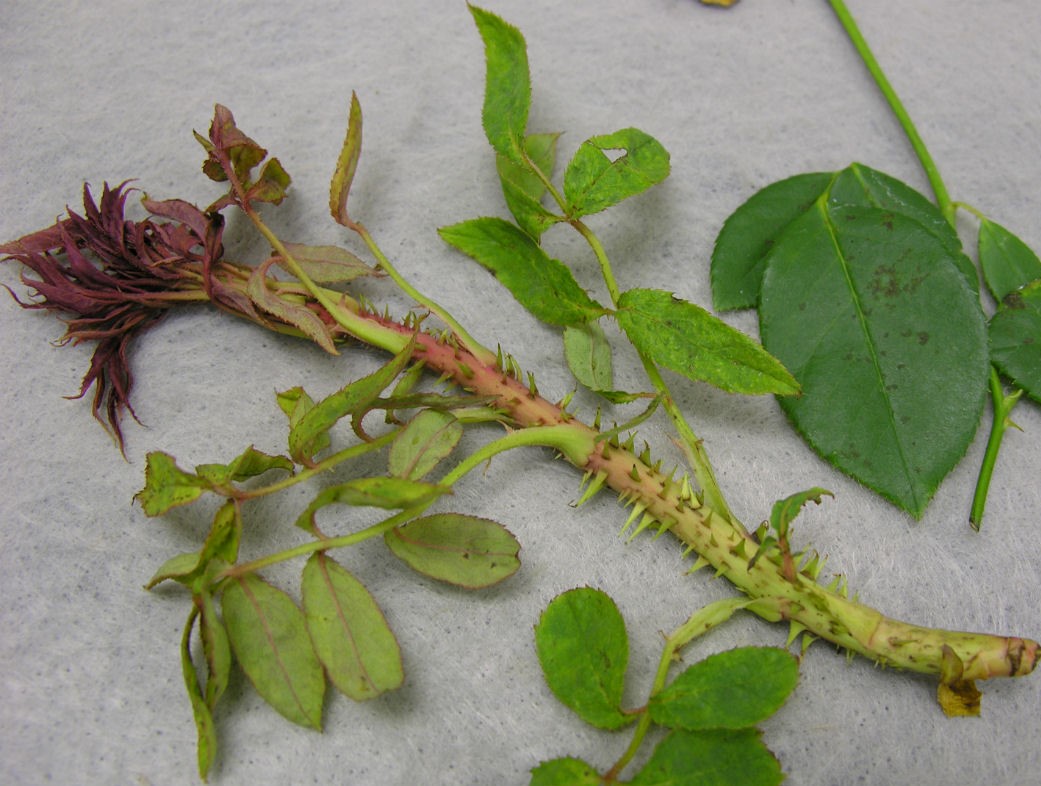

Gouty oak galls and horned oak galls are two twig and stem galls caused by wasp infestations. Photo credit: Steven Katovich, USDA Forest Service, The “apples” are filled with a spongy mass that contains a single, hard, seed-like cell. Oak apple galls are 1- to 2-inch diameter round growths on oak leaves and are caused by wasps. The galls are about 0.2 inches long, as thick as pencil lead and stand erect. Maple spindle galls are also caused by mites. Newly formed galls are yellowish-green, but later become pinkish to red and finally black. Tiny growths, approximately 0.125 inches in size, occur primarily on the upper surfaces of maple leaves. Maple bladder galls result from abnormal leaf growth due to stimulation or “irritation” from the feeding of mites. Michigan State University Extension experts commonly receive questions about the following galls on trees. Factors such as weather, plant susceptibility and pest populations affect the occurrence of galls on plants from year to year. Galls can be induced by viruses, bacteria, nematodes and fungi as well as insects and mites. While leaf galls are the most commonly seen plant galls, galls can occur on twigs, buds and roots. In addition to their unusual structure, galls may draw attention due to their range of colors: red, green, yellow or black. Galls usually form in response to the presence of some insects or mites and may appear as balls, knobs, lumps or warts, each being characteristic of the specific causal organism. These unusual, and often ugly, growths are called galls and are usually more of a cosmetic problem rather than a health crisis. Plants often develop bumps or other odd growths that might remind one of a science fiction movie, but there's no need to be alarmed.


 0 kommentar(er)
0 kommentar(er)
